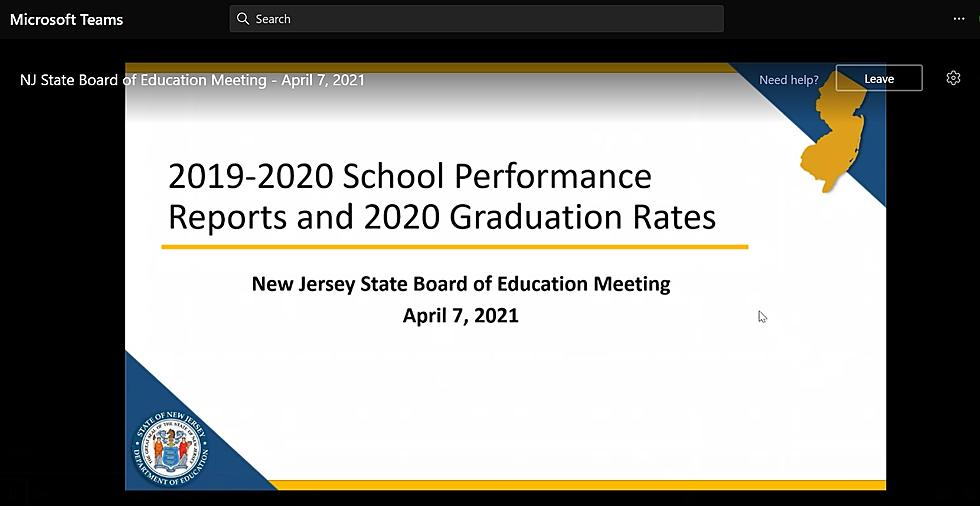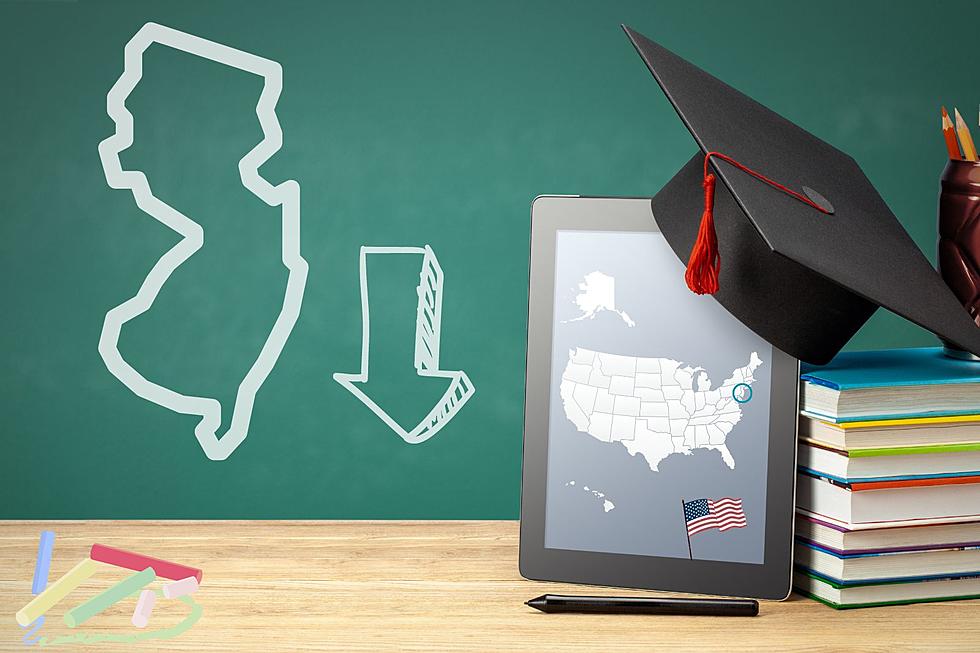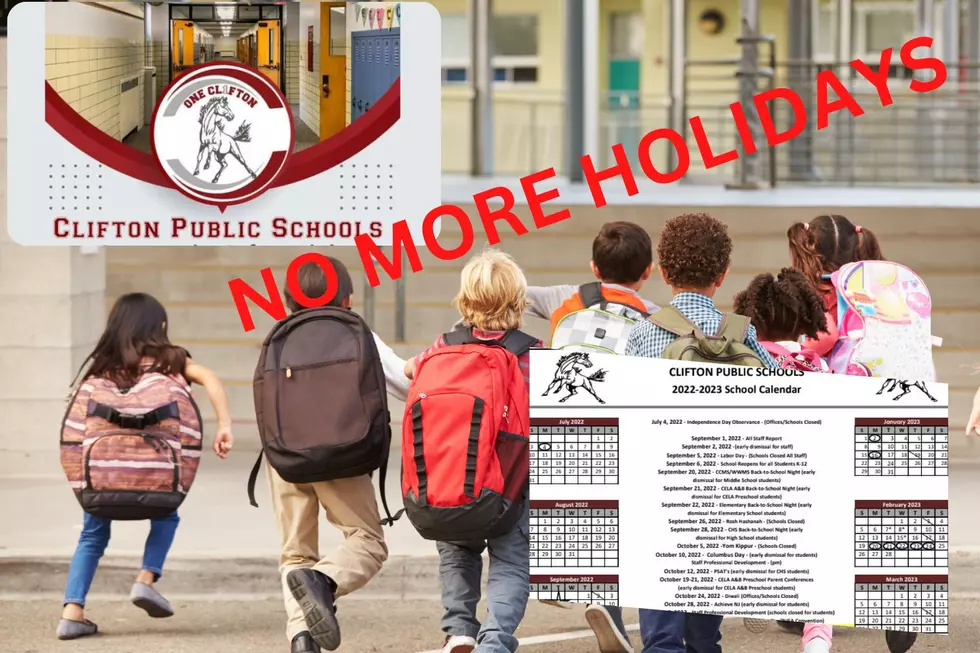
Some data missing, others steady on COVID-era school report cards
TRENTON – Some data is absent and some formats have changed due to the coronavirus pandemic, but most of the results look familiar in the yearly School Performance Report issued Thursday by the state Department of Education.
The report cards cover the 2019-20 school year, the last third of which was abruptly shifted online last March in the uncertain early days of the public health emergency. Graduation and dropout rates reflect little of the impact caused by the sudden, midyear invention of remote education.
“We weren’t really sure going into this whether we would see large changes in our SAT participation rates or large changes in graduation rates,” said Jessica Merville, director of the DOE’s Office of Performance Management. “And they really weren’t that different.”
The 4-year graduation rate for the Class of 2020 was 91%, up slightly from a year earlier. The 5-year graduation rate for the period ending last June was down slightly from a year prior.
“Our numbers have been fairly flat with slight fluctuations, but as we have a fairly high graduation rate, we expect those numbers to somewhat plateau and have these small changes every year,” Merville said.
Of the 9% of seniors who didn’t graduate last year, 4.1% are still enrolled in a public school and 4.9% are no longer enrolled. Most of the latter dropped out over their four years of high school.
The state last year waived its rule that seniors had to meet assessment requirements to qualify for graduation. The data shows 7% of graduates used the language arts waiver and 9% used the math waiver.
Merville said a review of the data shows dropout rates actually were consistently a little bit lower – 1% statewide, compared with 1.2% in years prior.
“Specifically, if you look at this cohort and the percentage of students that dropped out from March to June, we saw a sharp decrease in the percentage of students that dropped out,” Merville said.
Some data normally in the report is missing because federal reporting requirements were waived, such as statewide assessment results, student growth data, chronic absenteeism rates and progress toward becoming proficient in English.
State Board of Education member Mary Beth Berry said she’d like to know attendance data as a way of seeing how engaged students have been – or not been – during remote learning.
“I’m sure it’s difficult at best to collect all of that information, but I think there’s a lot of value in finding out what were the reasons maybe young people weren’t participating in the school year and how many kids really lost a lot of that time,” Berry said.

Merville said that type of data is being collected in the current school year, with additional levels of detail.
“Remote attendance and a lot of different information about connectivity issues and device information,” Merville said. “And so, we will have a better sense of that when we our final snapshot at the end of the school year.”
Michael Symons is State House bureau chief for New Jersey 101.5. Contact him at michael.symons@townsquaremedia.com.
THE DEFINITIVE LIST OF THE SWEETEST ICE CREAM PARLORS IN MONMOUTH AND OCEAN COUNTIES
KEEP READING: Here are the most popular baby names in every state
More From New Jersey 101.5 FM









